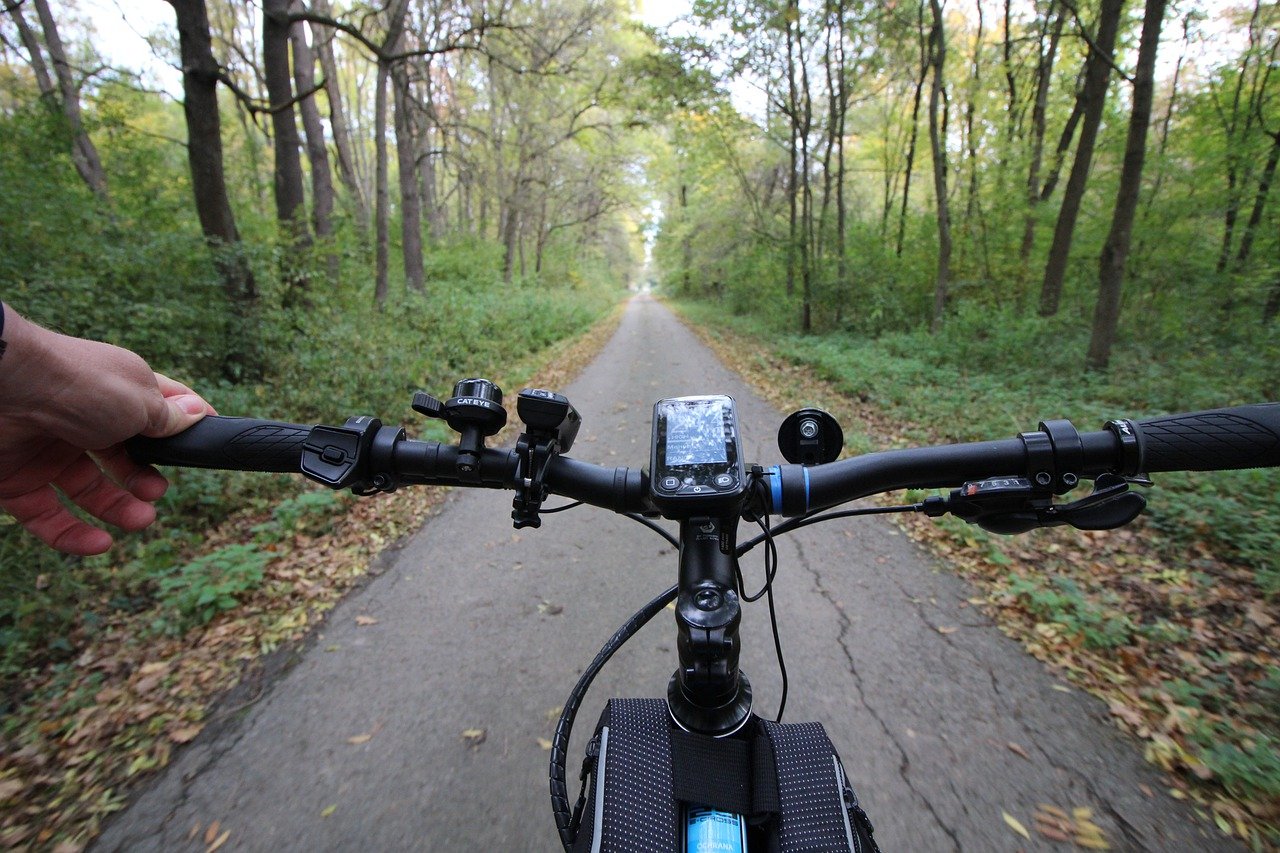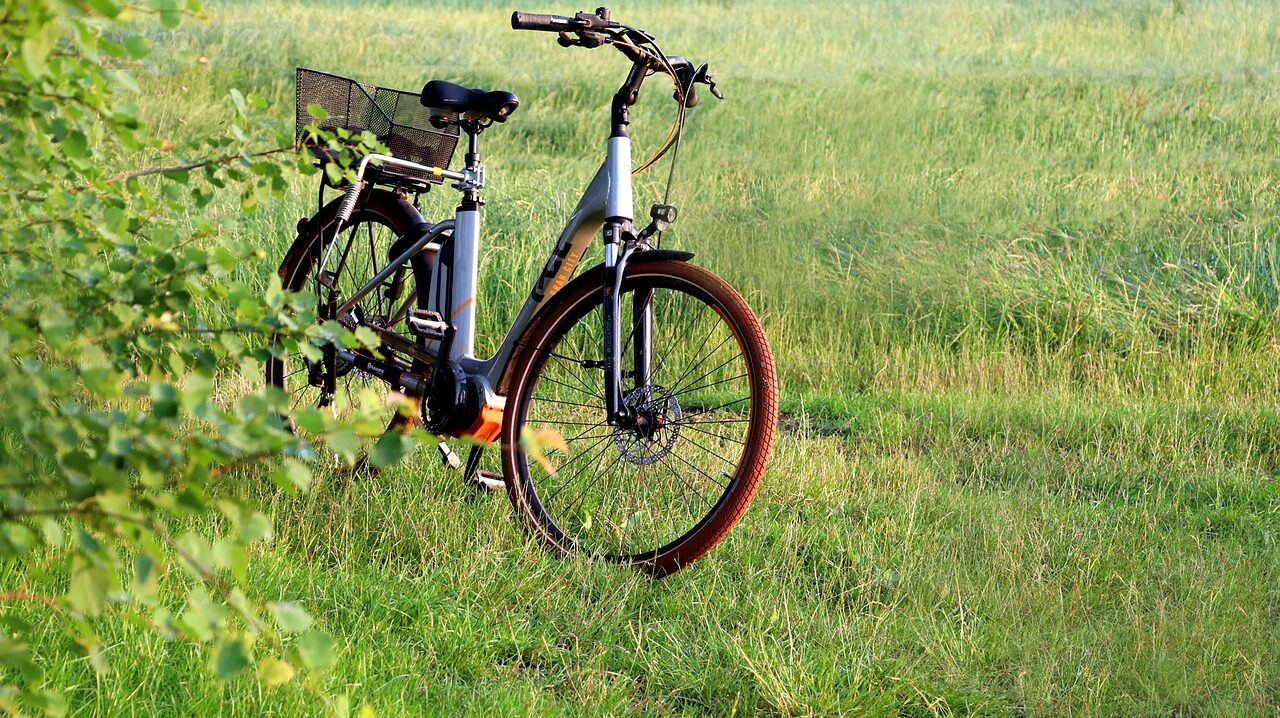How to Choose the Right E-Bike in 2024
E-bikes have surged in popularity, offering a sustainable and efficient mode of transportation for urban commuters, fitness enthusiasts, and adventure seekers alike.
Choosing the right e-bike in 2024 involves considering several key factors to ensure you find the perfect match for your needs. This comprehensive guide will help you navigate the various options available and make an informed decision.

1. Determine Your Purpose
The first step in choosing an e-bike is to determine how you intend to use it. E-bikes come in various types, each designed for specific purposes:
- Commuting: For daily commutes, look for a lightweight, efficient e-bike with good battery life and comfortable ergonomics.
- Recreational Riding: If you enjoy leisurely rides, consider an e-bike with a comfortable saddle, easy-to-use controls, and a range that suits longer rides.
- Off-Road and Adventure: For off-road adventures, mountain e-bikes with robust frames, powerful motors, and durable tires are ideal.
- Cargo and Utility: If you plan to carry heavy loads, a cargo e-bike with a sturdy frame and high weight capacity is necessary.
2. Understand the Motor Types
E-bikes are equipped with different types of motors, each with its own advantages:
- Hub Motors: These are located in the wheel hub and are common in many e-bikes. They provide a smooth and quiet ride and are relatively low maintenance.
- Mid-Drive Motors: Positioned near the bike’s center, these motors offer better weight distribution and improved handling. They are ideal for steep inclines and off-road terrain.
- Friction Drive Motors: Less common, these motors engage the bike’s tire directly. They are easy to install and remove but may wear out the tires faster.
3. Battery Considerations
The battery is a crucial component of an e-bike, determining how far you can travel on a single charge:
- Capacity: Measured in watt-hours (Wh), a higher capacity battery will offer a longer range. Consider your typical ride distance and choose a battery that meets or exceeds it.
- Charging Time: Faster charging batteries are more convenient, especially if you use your e-bike frequently.
- Removability: A removable battery allows for easier charging and can be swapped out for a spare if needed.
4. Evaluate the Range
The range of an e-bike depends on several factors, including battery capacity, motor efficiency, rider weight, and terrain. Most e-bikes offer a range between 20 to 100 miles on a single charge. Ensure the e-bike you choose can comfortably cover your typical ride distances without requiring frequent recharges.
5. Consider the Build Quality

The overall build quality of an e-bike impacts its durability and performance:
- Frame Material: Aluminum and carbon fiber frames are lightweight and durable, while steel frames offer better shock absorption.
- Suspension: For off-road riding, a good suspension system is essential for comfort and control. Front suspension (hardtail) is suitable for mild off-road, while full suspension is better for rough terrains.
- Brakes: Hydraulic disc brakes offer superior stopping power and are recommended for higher speeds and heavier loads.
6. Check for Features and Accessories
Modern e-bikes come with a variety of features and accessories that enhance the riding experience:
- Display: An intuitive display provides important information such as speed, battery level, and range.
- Pedal Assist and Throttle: Pedal assist offers a boost when you pedal, while a throttle allows you to ride without pedaling.
- Lights and Reflectors: For safety, ensure the e-bike has adequate lighting and reflectors, especially if you ride at night.
- Racks and Storage: For commuting or cargo e-bikes, built-in racks and storage solutions are highly beneficial.
7. Test Ride and Reviews
Before making a final decision, take the e-bike for a test ride to evaluate its comfort, handling, and performance. Additionally, read reviews from other users to gain insights into the bike’s reliability and any potential issues.
8. Budget and Warranty
E-bikes come in a wide range of prices. Set a budget that balances quality and features without overspending. Additionally, check the warranty and after-sales support offered by the manufacturer to ensure peace of mind.
Conclusion
Choosing the right e-bike in 2024 involves careful consideration of your specific needs, motor and battery specifications, build quality, features, and budget. By taking the time to evaluate these factors, you can find an e-bike that offers a seamless and enjoyable riding experience, making it a worthwhile investment for your transportation and recreational needs. Happy riding!